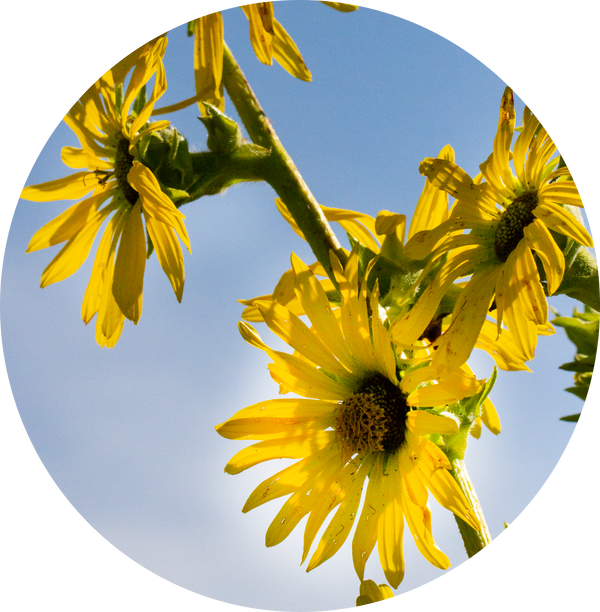Midwest Wilderness Connections Eco-briefs and Eco-sweeps
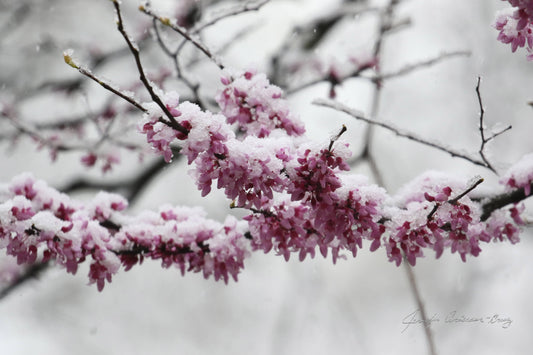
MWC Eco-brief: Eastern Redbud
The eastern redbud (Cercis canadensis) is an early blooming tree species that is an important first food plant for emerging bees and pollinators in search of nectar and pollen. The...
MWC Eco-brief: Eastern Redbud
The eastern redbud (Cercis canadensis) is an early blooming tree species that is an important first food plant for emerging bees and pollinators in search of nectar and pollen. The...

MWC Eco-briefs: That turtle does what? It breat...
Trapped under winter ice, aquatic turtles slow down and collect oxygen in creative ways. They may pump water through a gaped mouth or their hind end, where a dense...
MWC Eco-briefs: That turtle does what? It breat...
Trapped under winter ice, aquatic turtles slow down and collect oxygen in creative ways. They may pump water through a gaped mouth or their hind end, where a dense...
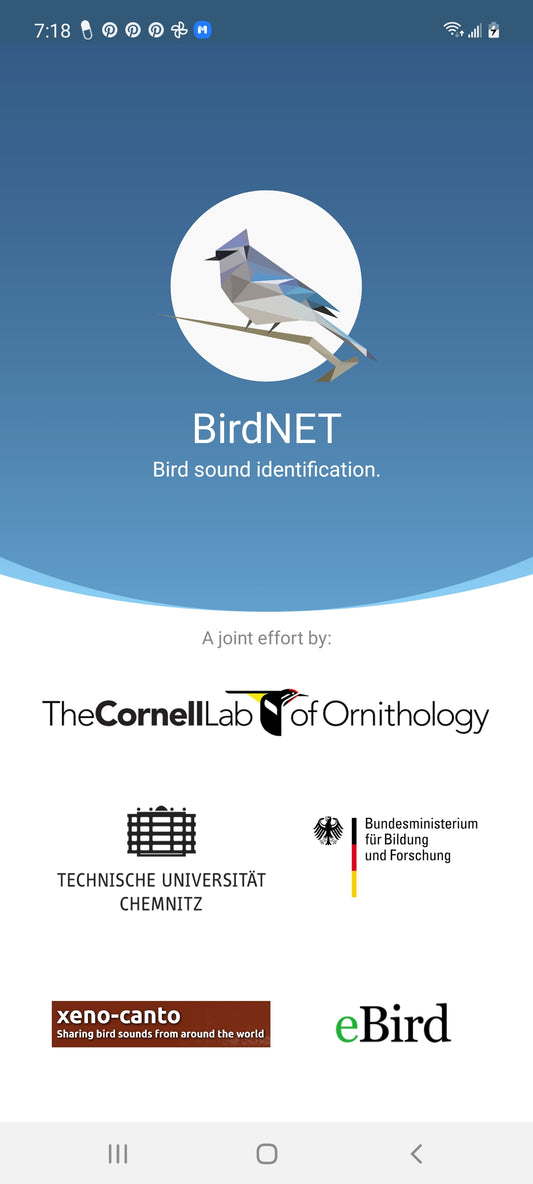
Midwest Wilderness Connections: BirdNET Smartph...
During this tutorial, viewers will learn how to use the BirdNET bird sound identification app for Android smartphones. While in the field, users record bird sounds in the app, submit...
Midwest Wilderness Connections: BirdNET Smartph...
During this tutorial, viewers will learn how to use the BirdNET bird sound identification app for Android smartphones. While in the field, users record bird sounds in the app, submit...
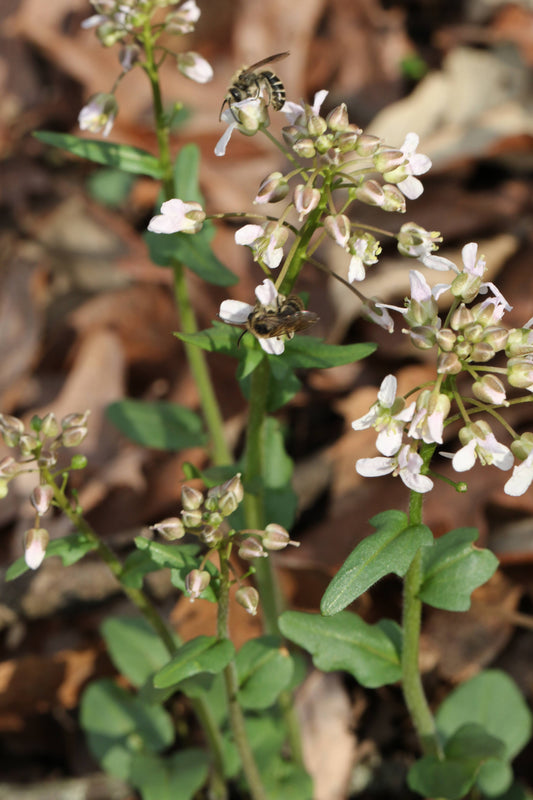
MWC Eco-brief: Cellophane Bees
Early spring wildflowers are incredibly important to native bees emerging from their overwinter retreats. Here, cellophane bees are feeding on purple cress (Cardamine douglassii). Cellophane bees are ground nesting bees....
MWC Eco-brief: Cellophane Bees
Early spring wildflowers are incredibly important to native bees emerging from their overwinter retreats. Here, cellophane bees are feeding on purple cress (Cardamine douglassii). Cellophane bees are ground nesting bees....
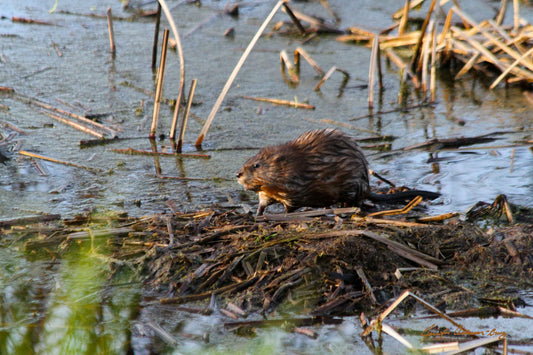
MWC Eco-sweep: Muskrat Maneuvers
Muskrats build huts in standing water by mounding mud and vegetation that is significantly elevated above the water level. A central chamber within the hut is located above the...
MWC Eco-sweep: Muskrat Maneuvers
Muskrats build huts in standing water by mounding mud and vegetation that is significantly elevated above the water level. A central chamber within the hut is located above the...
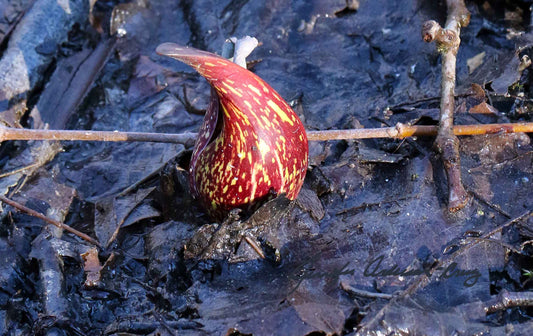
MWC Eco-brief: Skunk Cabbage on the Scene
Skunk cabbage occurs in wooded wetlands where it produces yellow speckled maroon flowers in late winter to early spring. This plant can warm itself up to 70 degrees Fahrenheit, which...
MWC Eco-brief: Skunk Cabbage on the Scene
Skunk cabbage occurs in wooded wetlands where it produces yellow speckled maroon flowers in late winter to early spring. This plant can warm itself up to 70 degrees Fahrenheit, which...
